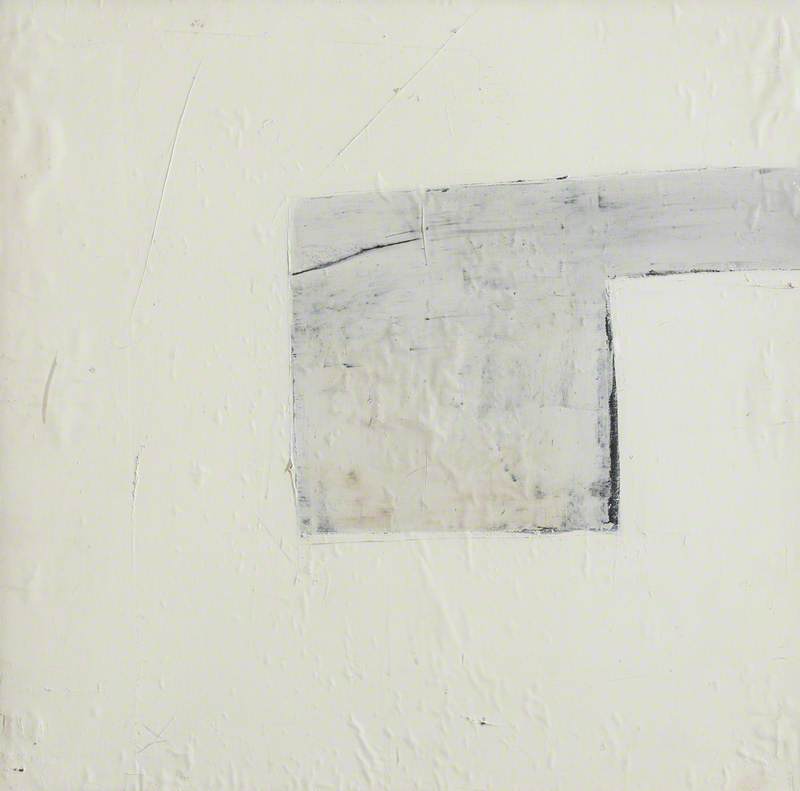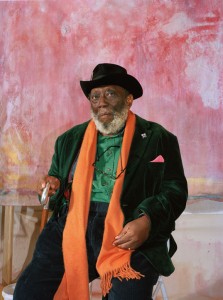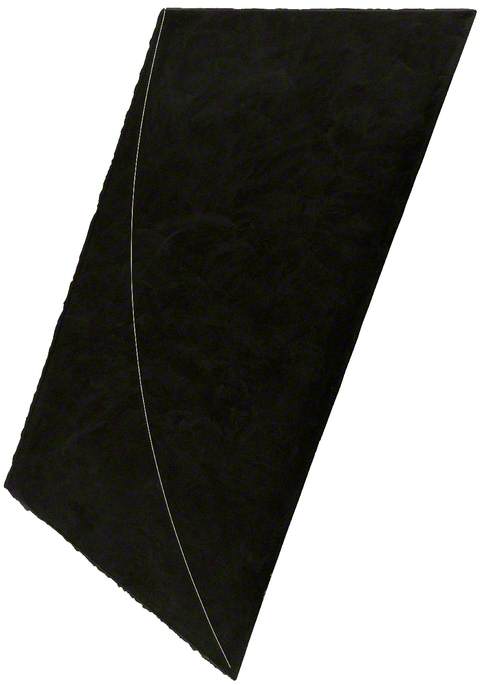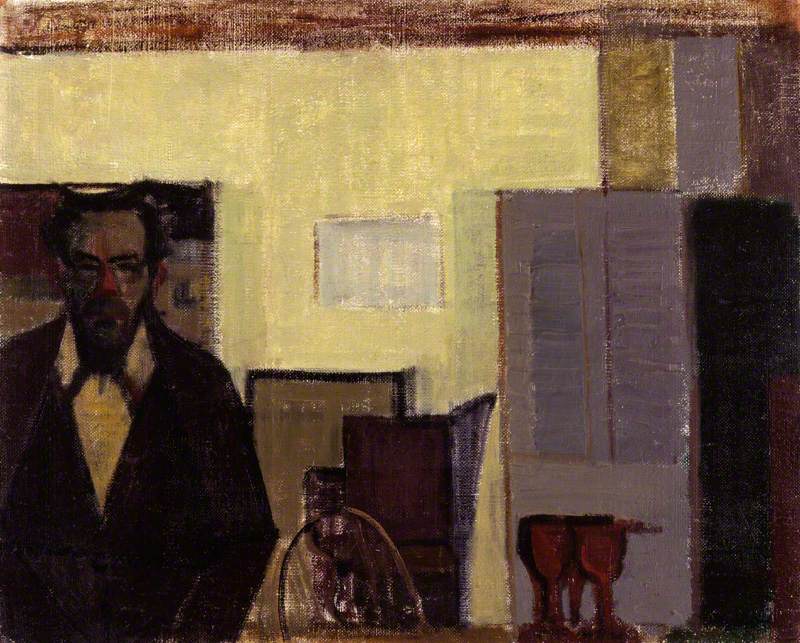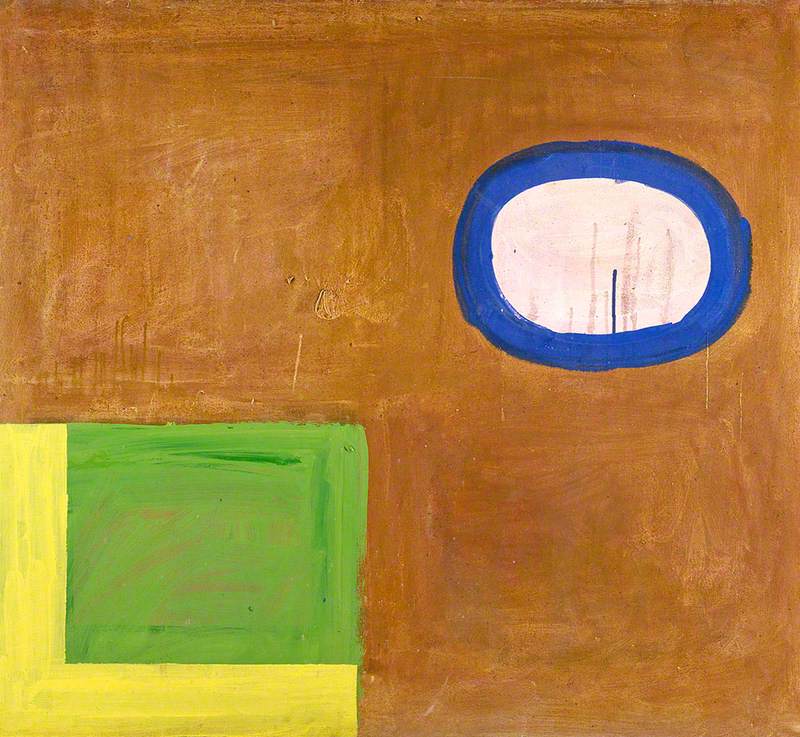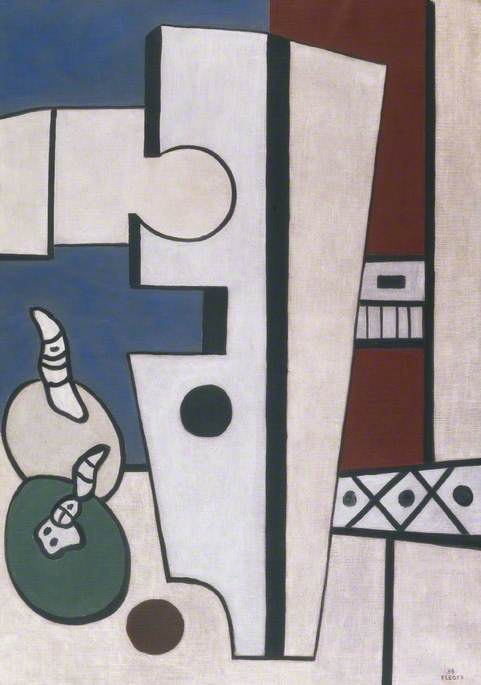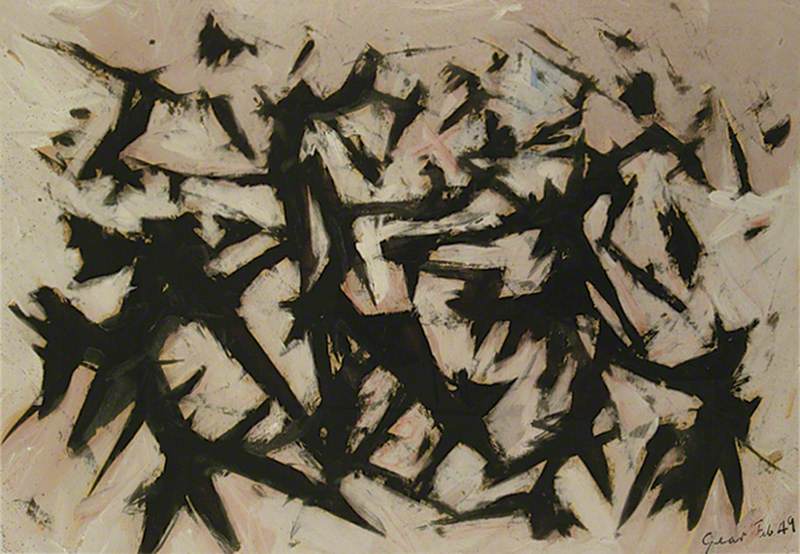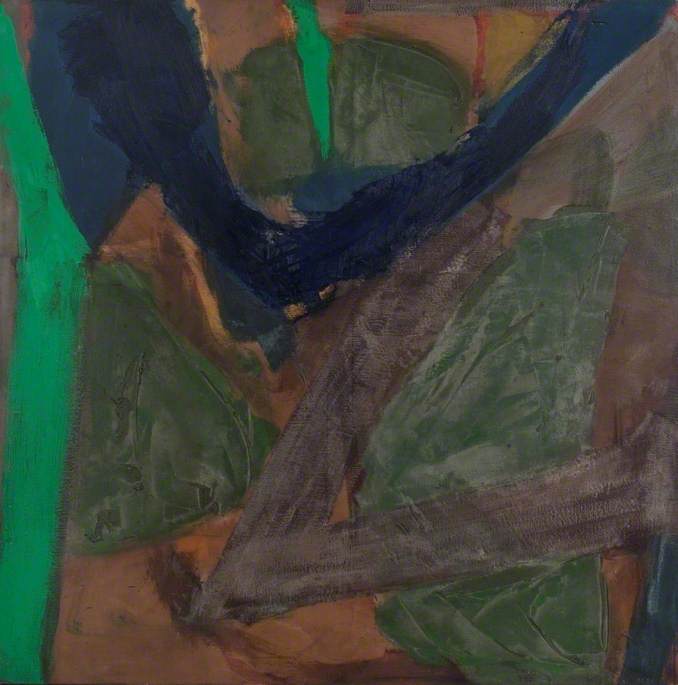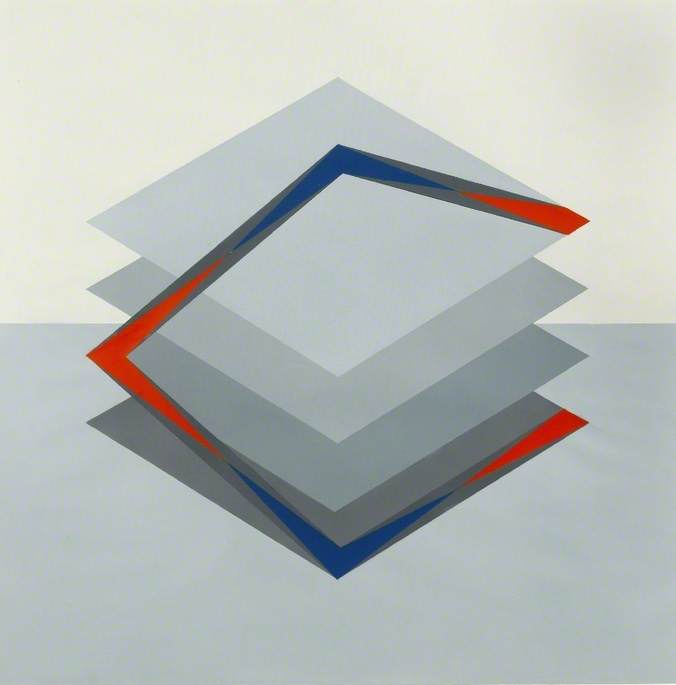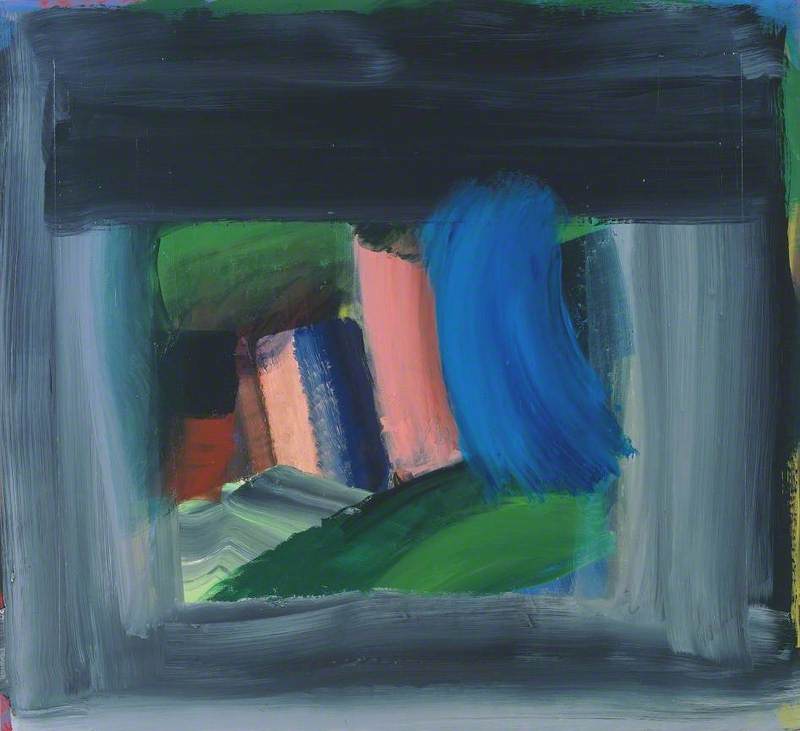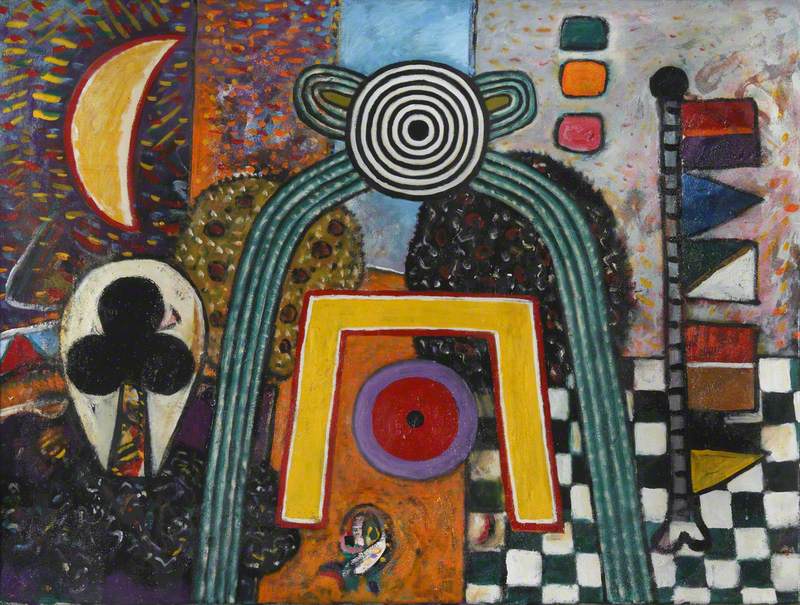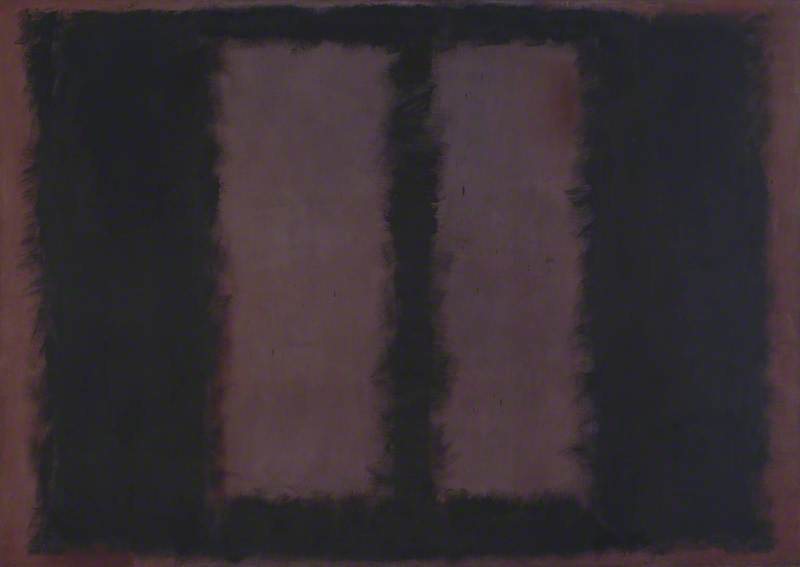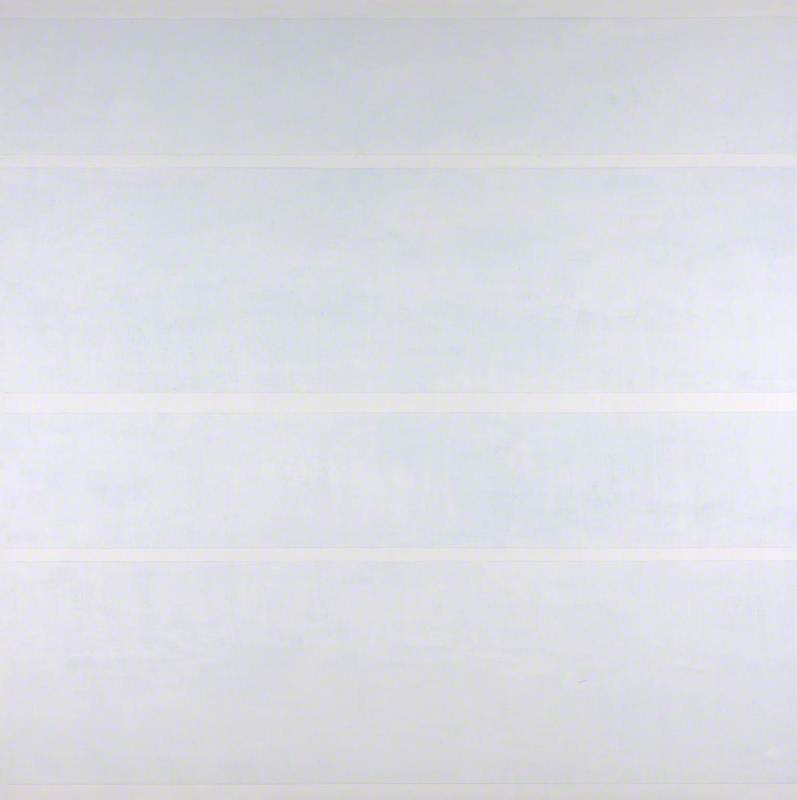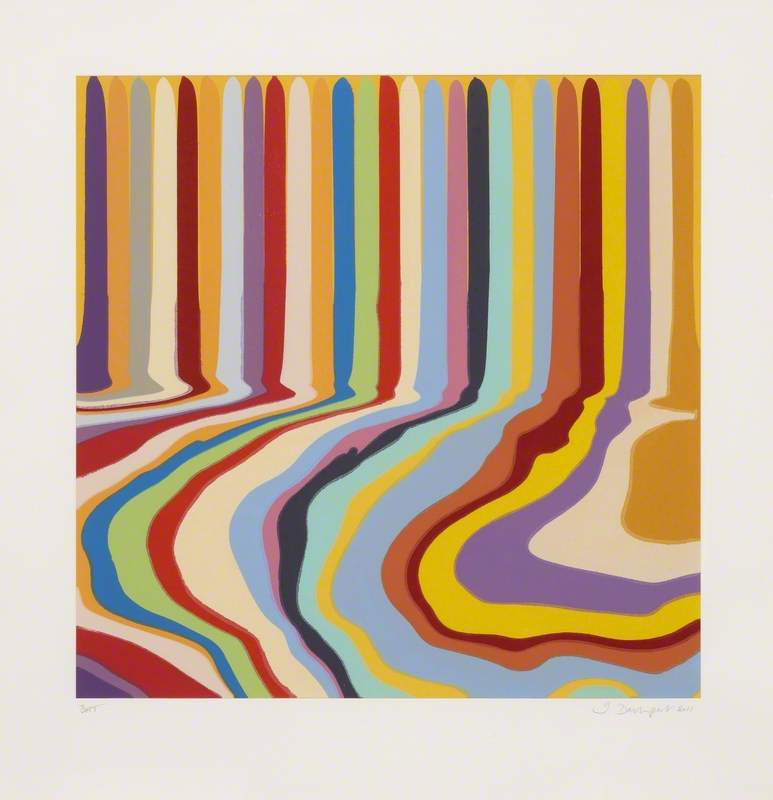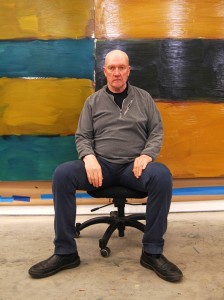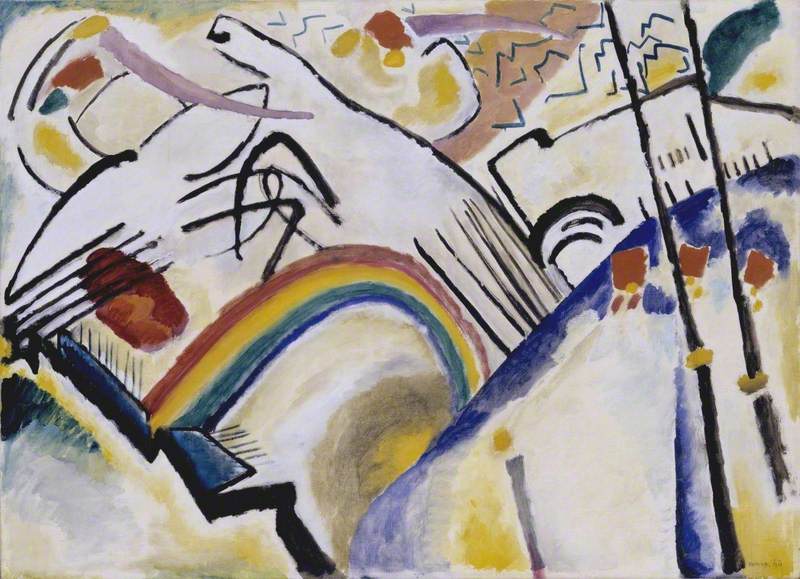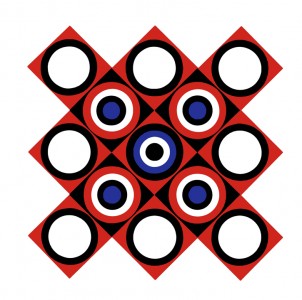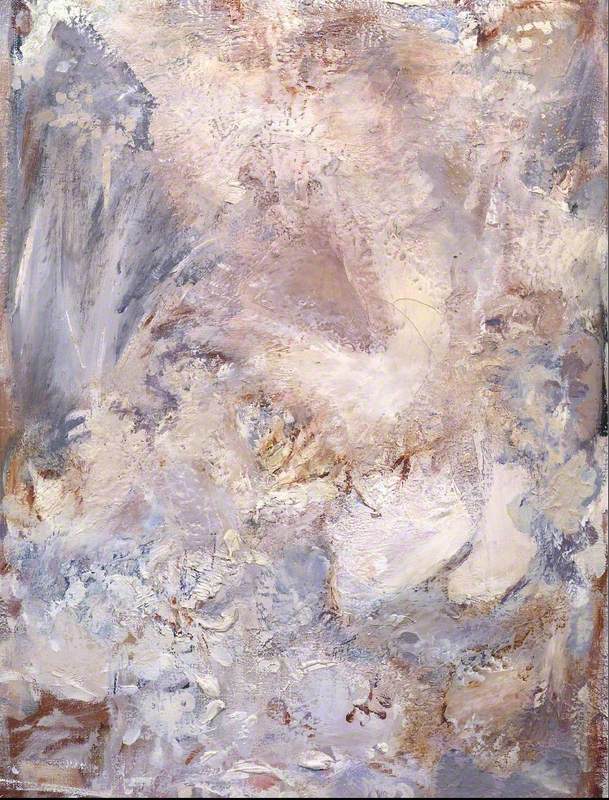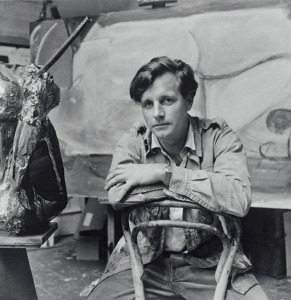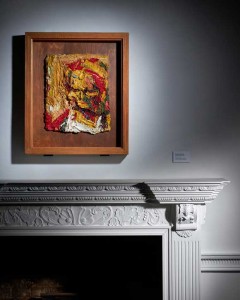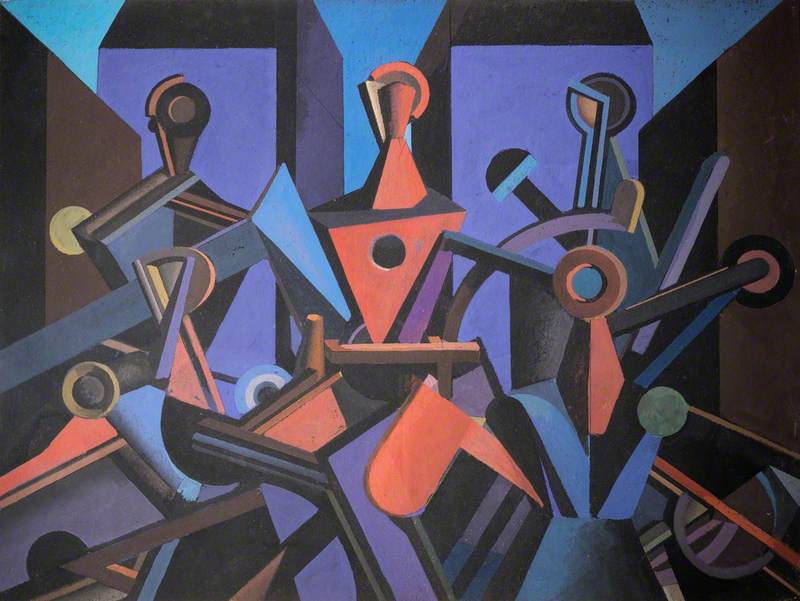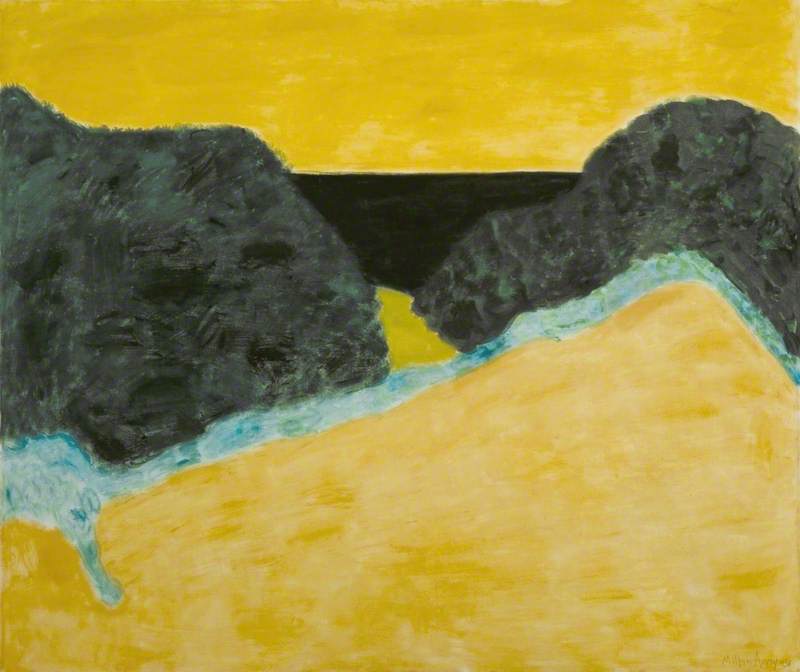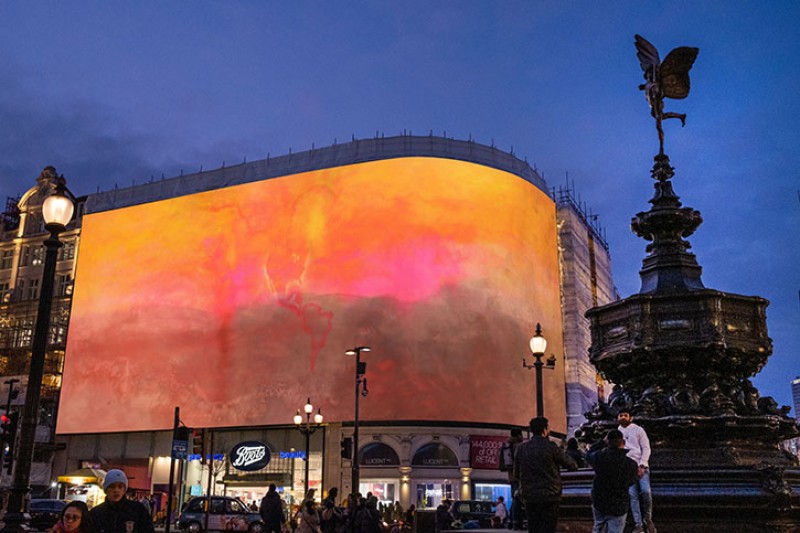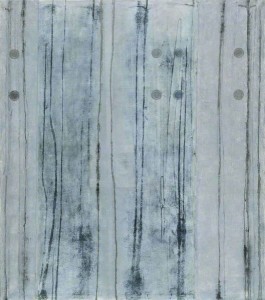From his home at Kettle’s Yard in Cambridge, in April 1962 H. S. Ede wrote to the painter John Blackburn, the first letter in a correspondence that was to last for over a decade. Ede began by stating what a pleasure it had been for him to look at Blackburn’s paintings recently at the Woodstock Gallery in London, before going on: ‘I was distressed that they were not selling – I suppose they are mostly too big – the only small one I did not feel quite got you or I would have made a bid. But what I did feel was an immense vigour and sensitivity to texture and colour and a joy in the doing of it – really painting.’
The well-connected Ede went on to promote Blackburn at every opportunity, resulting in the artist’s work entering a number of important private collections. Over time Ede too bought many of Blackburn’s more domestic-sized pictures for Kettle’s Yard, amongst them the nineteen works from the early-to-mid 1960s recorded by Art UK. The qualities Ede appreciated in Blackburn’s work were at one with the truth-to-materials ethos of the twentieth-century modernists he admired and collected. He bought on a large scale, and displayed Blackburn’s paintings alongside works including sculpture by Gaudier-Brzeska, ceramics by Lucie Rie, and paintings by Ben Nicholson and Alfred Wallis.
Although powerful in reproduction, Blackburn’s work demands to be seen at first-hand. He is an intensely physical painter for whom the tactile nature of his work is paramount and, though inherently abstract, he is keen that it should connect strongly to the realities of human experience. To this end he often includes found material in his work.
Many of the Kettle’s Yard pictures for instance are painted on sections of second-hand bed linen, stretched or collaged onto board. Though partially borne out of financial necessity, the incorporation of such material, subtly imbued as it is with a previous history, invokes a visual poetry that alludes to both presence and absence.
Composition (Brown, Yellow, White)
1963
John Blackburn (1932–2022) 
Much of Blackburn’s work is achieved through limited formal means, often in a pared-down palette of whites, blacks or greys, as in the two paintings entitled Composition, or in the taut and sculptural August ’63. Each of these paintings establishes a distinctive equilibrium between weight and fragility. Others, such as Design II, with its scratched and wiped-out pigment, have a barely-confined energy, whilst the scoured and blotted surface of Composition (Brown, Yellow, White) evokes a decaying fresco.
Notwithstanding his initial success and Ede’s support, the circumstances of bringing up a young family meant that Blackburn needed to make a regular living, and he and his wife went on to set up a successful manufacturing business in Kent, which for years took up much of his time. Though effectively off-radar as an artist by the early seventies, he continued to paint, often at night.
In 2006, by then aged 74, a group of Blackburn’s steadfast admirers assisted his return, supporting him in a major retrospective at the Metropole Galleries, Folkestone. He has subsequently held a number of successful shows in the UK and New Zealand, and in late 2013 exhibited new work for the fourth time with his London gallery Osborne Samuel.
Dr Ian Massey, writer and curator – www.ianmasseyart.co.uk

